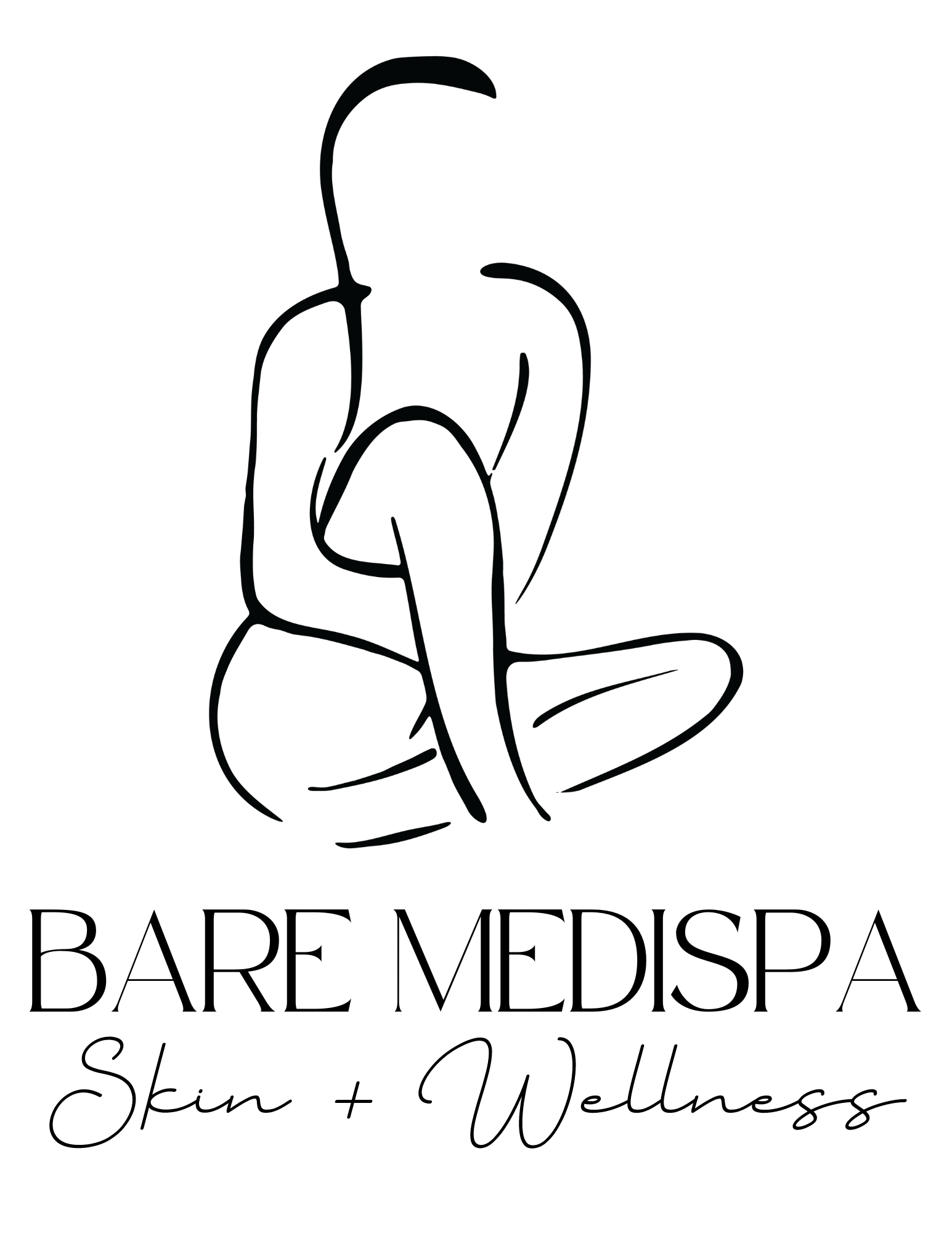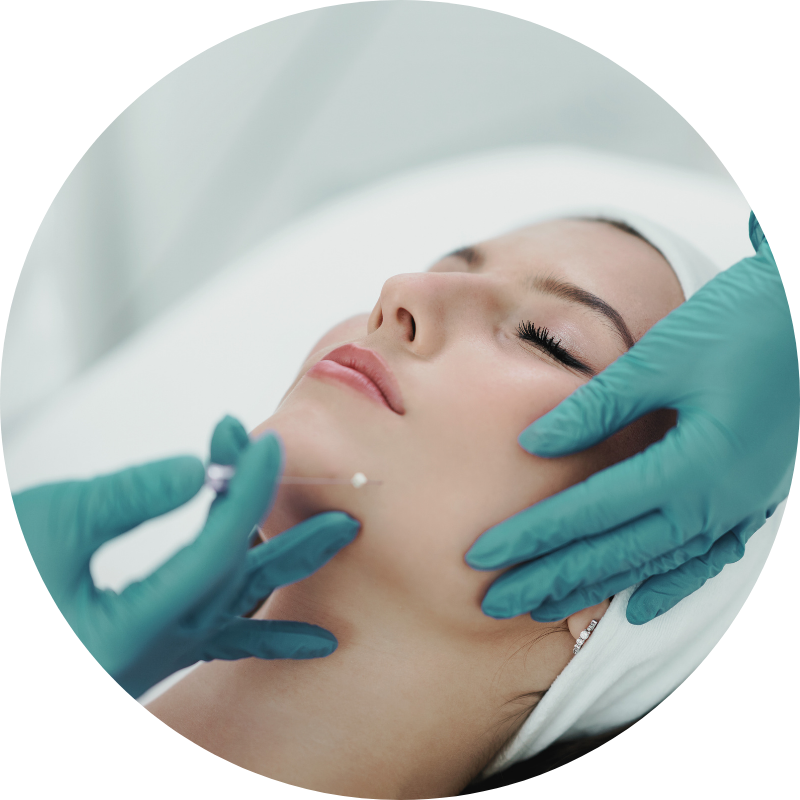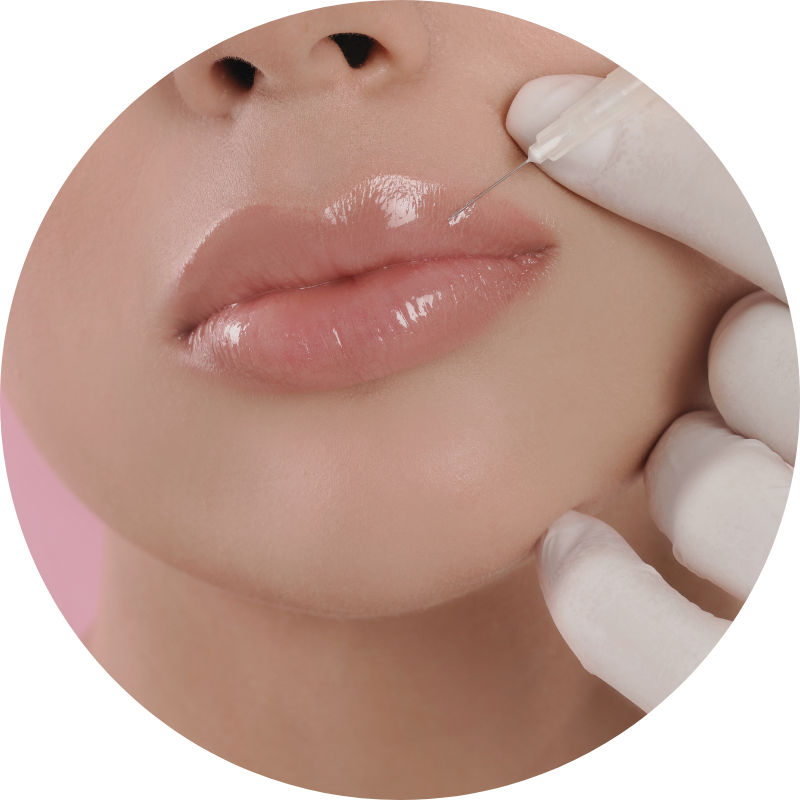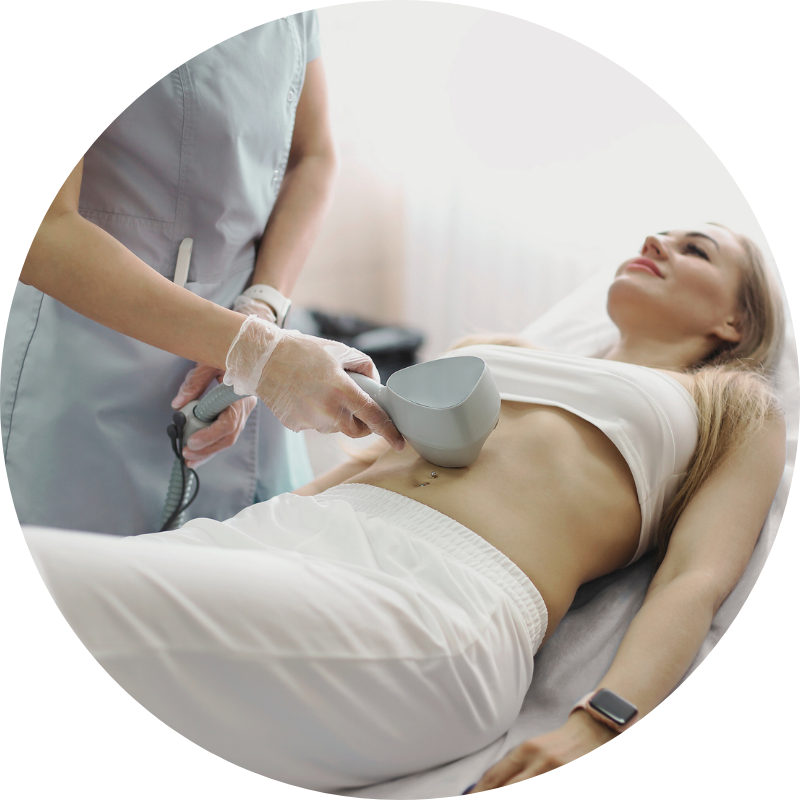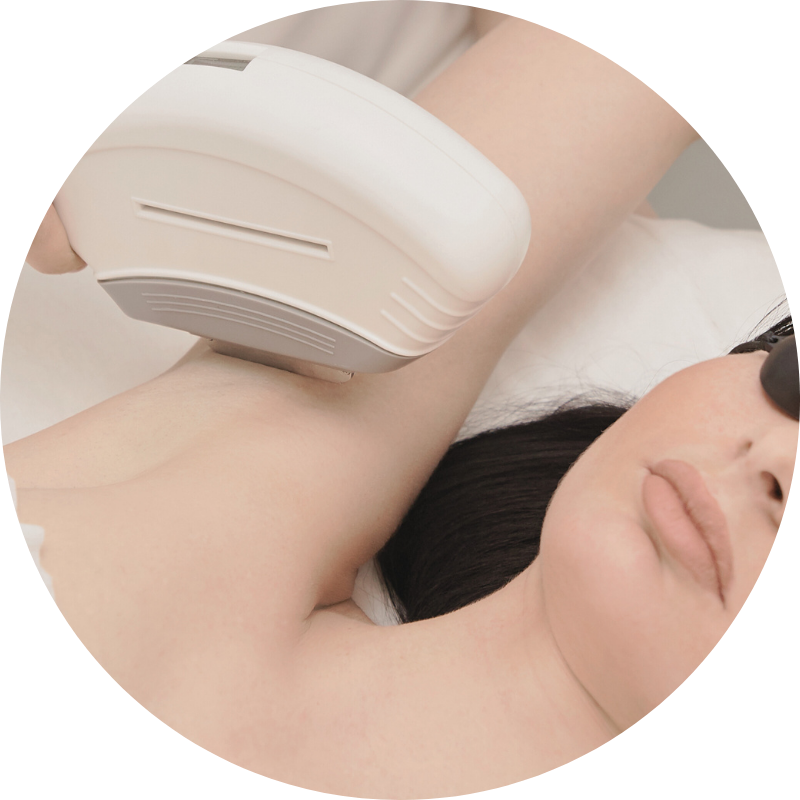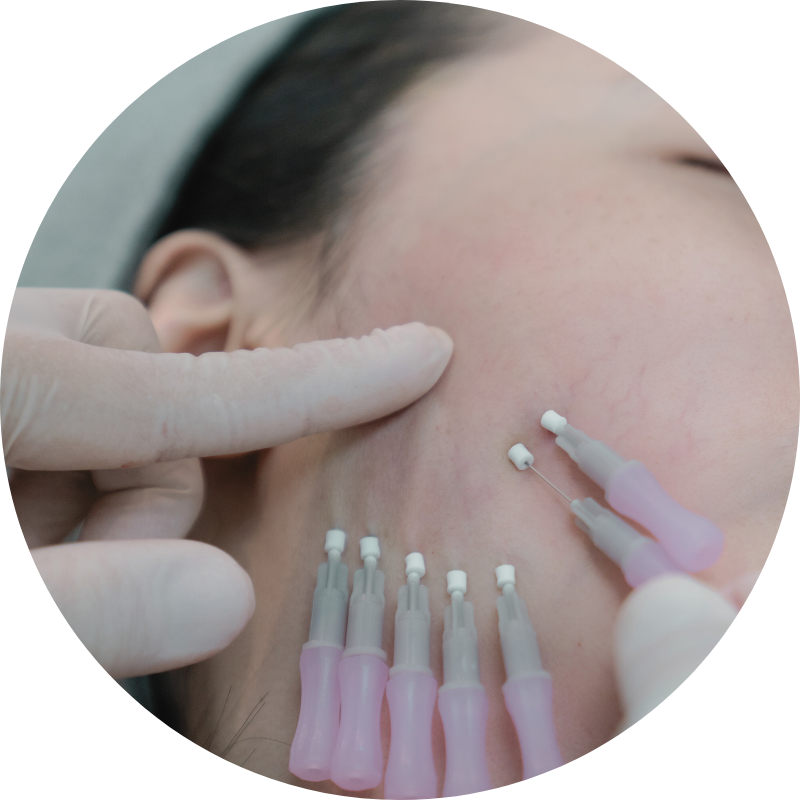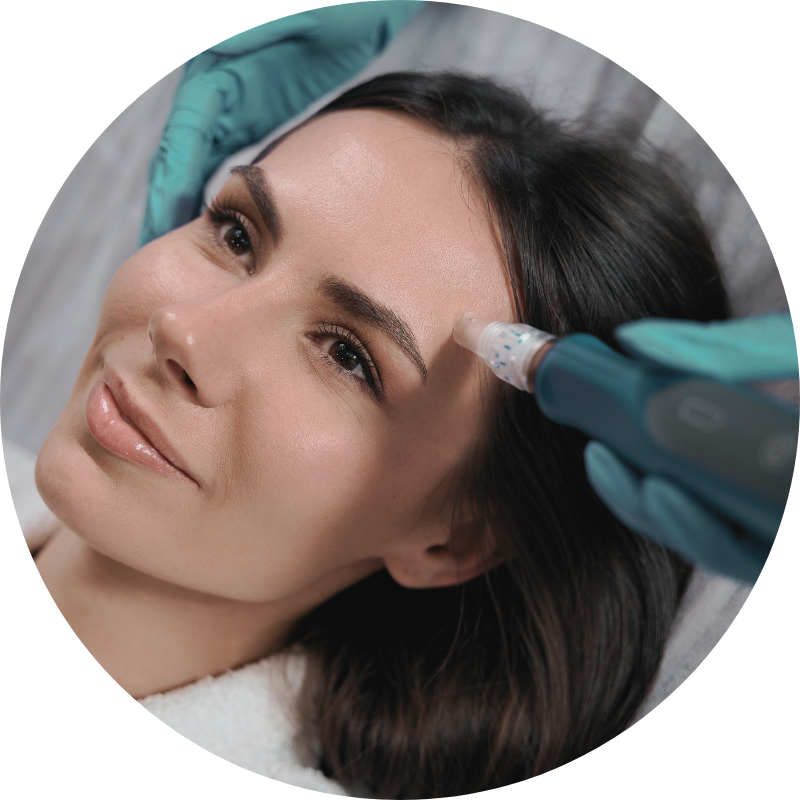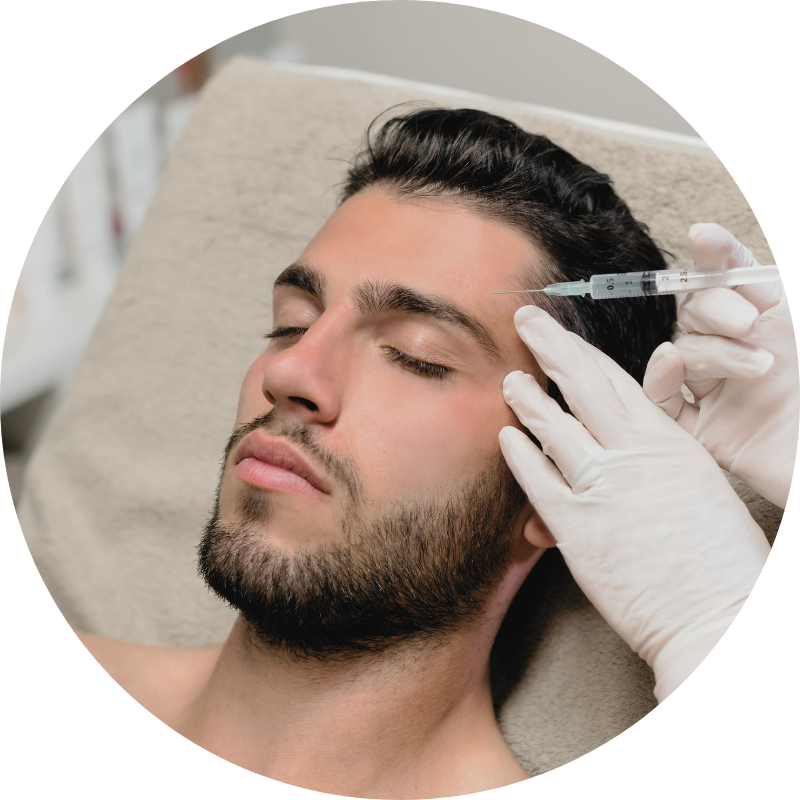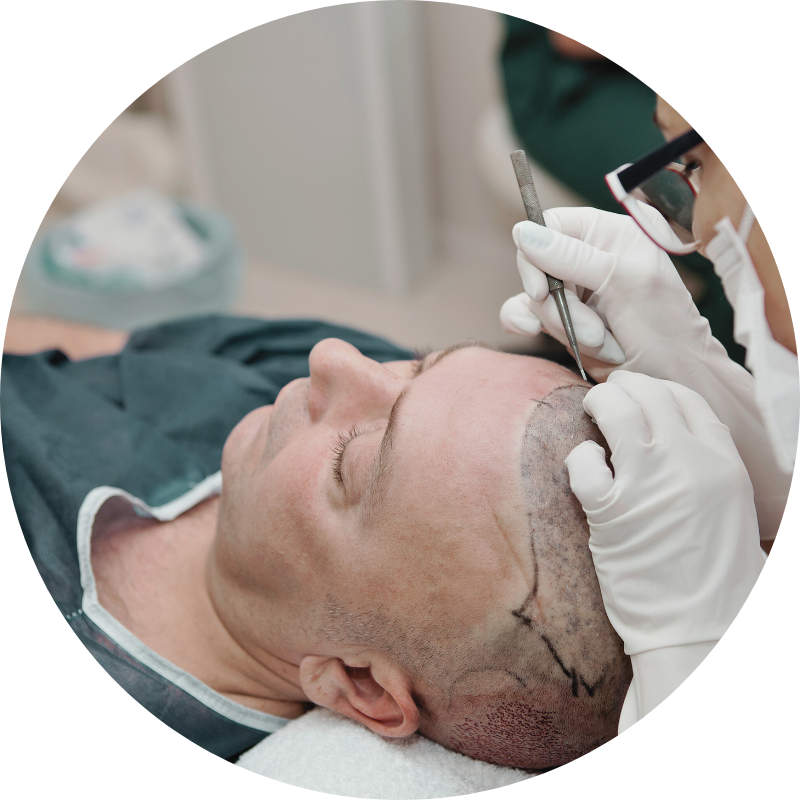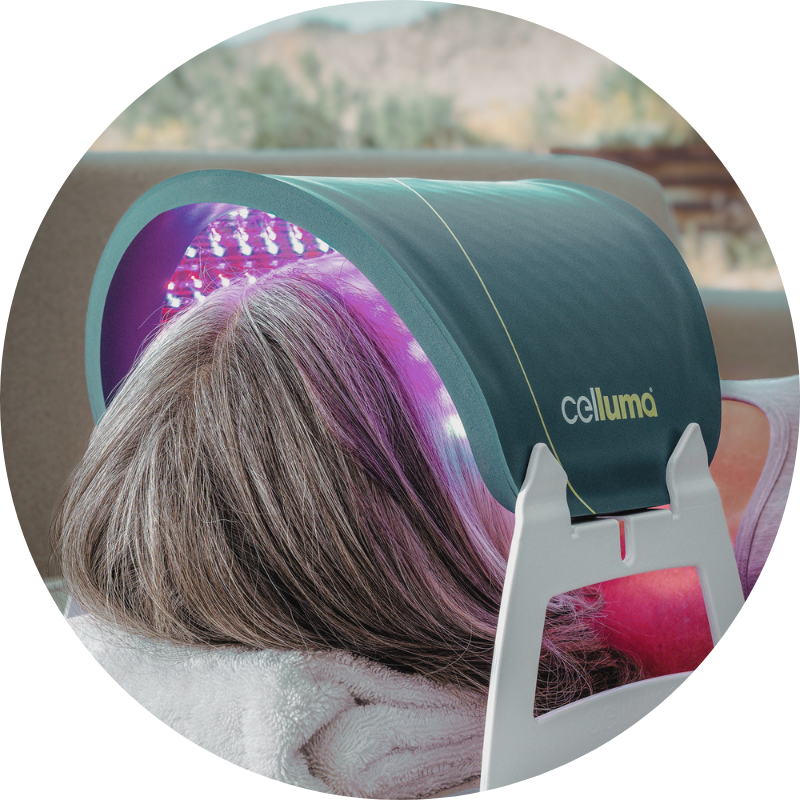Get in Touch
We're here to answer your questions and help you start your aesthetic journey. Whether you're ready to book an appointment or wish to schedule a complimentary consultation, our team is ready to assist you.
our location
Bare Medispa 1500 Interchange Ave Bismarck, ND 58501
contact us
Main Phone: (701) 751-6363
business hours
Mon - Thu: 9:00 am - 9:00 pm
Friday: 9:00 am - 7:00 pm
Saturday: 9:00 am - 5:00 pm
Sunday: Closed
payment options

socials
send us a message
Please fill out this short form, and a member of our team will contact you shortly to assist you.
We proudly serve clients throughout the Bismarck and surrounding North Dakota area. Explore our services online or visit us in person for a complimentary consultation. If you have questions or are ready to begin your aesthetic journey, our team is here for you. We look forward to welcoming you to Bare Medispa.
Business Hours
Mon - Thu
9:00 am- 9:00 pm
Friday
9:00 am - 7:00 pm
Saturday
9:00 am - 5:00 pm
Sunday
Closed
© 2026 Bare Medispa. All Rights Reserved.
